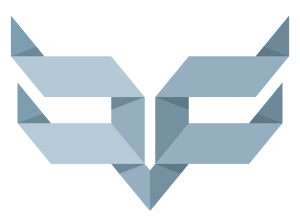
The Drone Code – Flying Safely and Legally

There are many safety rules and legislative requirements when it comes to flying your drone legally in the UK. The Drone Code was developed in partnership with the Civil Aviation Authority to lay out the six most fundamental requirements for safe flying.
If you’re interested these are the relevant articles from the CAA in more detail…
Article 241 – endangering safety of any person or property
A person must not recklessly or negligently cause or permit an aircraft to endanger any person or property
Article 94 – Small Unmanned Aircraft
(1) A person must not cause or permit any article or animal (whether or not attached to a parachute) to be dropped from a small unmanned aircraft so as to
endanger persons or property.
(2) The person in charge of a small unmanned aircraft may only fly the aircraft if reasonably satisfied that the flight can safely be made.
(3) The person in charge of a small unmanned aircraft must maintain direct, unaided visual contact with the aircraft sufficient to monitor its flight path in relation to other aircraft, persons, vehicles, vessels and structures for the purpose of avoiding collisions.
(4) The person in charge of a small unmanned aircraft which has a mass of more than 7kg excluding its fuel but including any articles or equipment installed in or attached to the aircraft at the commencement of its flight, must not fly the aircraft:
(a) in Class A, C, D or E airspace unless the permission of the appropriate air traffic control unit has been obtained;
(b) within an aerodrome traffic zone during the notified hours of watch of the air traffic control unit (if any) at that aerodrome unless the permission of any such air traffic control unit has been obtained;
or (c) at a height of more than 400 feet above the surface unless it is flying in airspace described in sub-paragraph (a) or (b) and in accordance with the
requirements for that airspace.
(5) The person in charge of a small unmanned aircraft must not fly the aircraft for the purposes of commercial operations except in accordance with a permission granted by the CAA.
Article 95 – Small Unmanned Surveillance Aircraft
(1) The person in charge of a small unmanned surveillance aircraft must not fly the aircraft in any of the circumstances described in paragraph (2) except in accordance with a permission issued by the CAA.
(2) The circumstances referred to in paragraph (1) are:
(a) over or within 150 metres of any congested area;
(b) over or within 150 metres of an organised open-air assembly of more than 1,000 persons;
(c) within 50 metres of any vessel, vehicle or structure which is not under the control of the person in charge of the aircraft;
or (d) subject to paragraphs (3) and (4), within 50 metres of any person.
(3) Subject to paragraph (4), during take-off or landing, a small unmanned surveillance aircraft must not be flown within 30 metres of any person.
(4) Paragraphs (2)(d) and (3) do not apply to the person in charge of the small unmanned surveillance aircraft or a person under the control of the person in charge of the aircraft.
(5) In this article ‘a small unmanned surveillance aircraft’ means a small unmanned aircraft which is equipped to undertake any form of surveillance or data acquisition.
Expert Infrared Inspections for Accurate Thermal Assessments
Need professional thermographic analysis for your project? Our certified experts use the latest infrared technology to deliver precise results. Contact Drone Media Imaging today for expert thermal imaging services.







